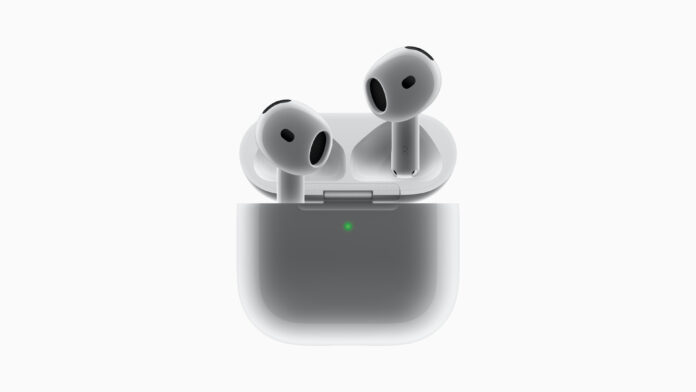In October, Apple rolled out a major software update for the AirPods Pro 2, introducing a new function that allows these earbuds to double as hearing aids. This update also enables users to conduct on-the-spot hearing tests, with the option to share their results directly with a healthcare provider.
More Health Monitoring Features in the Pipeline
According to reliable analyst Ming-Chi Kuo, Apple is planning to expand the health features of AirPods even further in the coming years. This shift aligns well with Apple’s success in the health tech space, especially with the Apple Watch’s popularity as a health-monitoring device. By building on this foundation, Apple could make AirPods an essential accessory for health-conscious consumers.
Expected Growth in AirPods Shipments
Ming-Chi Kuo projects that this strategic focus on health features will drive AirPods sales significantly, with shipments estimated to grow from 48 million units in 2023 to 53-55 million in 2024, reaching up to 65-68 million by 2026.
New Sensor Technology on the Horizon?
While the exact details are still under wraps, Apple may be exploring additional health sensors for the AirPods. Alongside hearing-related features, the rumor mill suggests that future versions could include heart rate or body temperature sensors, similar to those already available in other Apple devices like the iPhone and Apple Watch.
Enhanced Health Applications for Existing Sensors
Apple could also innovate by finding new applications for the existing hearing sensors in AirPods. Some experts suggest these sensors could be adapted to detect cardiovascular health issues, as the ears may provide early signs of such conditions.
Potential Integration with Apple Watch Health Features
As Apple continues to develop its ecosystem of health monitoring tools, we might see more synergy between AirPods and the Apple Watch. These features are anticipated to be introduced around 2025, providing users with a more comprehensive health-tracking experience.





